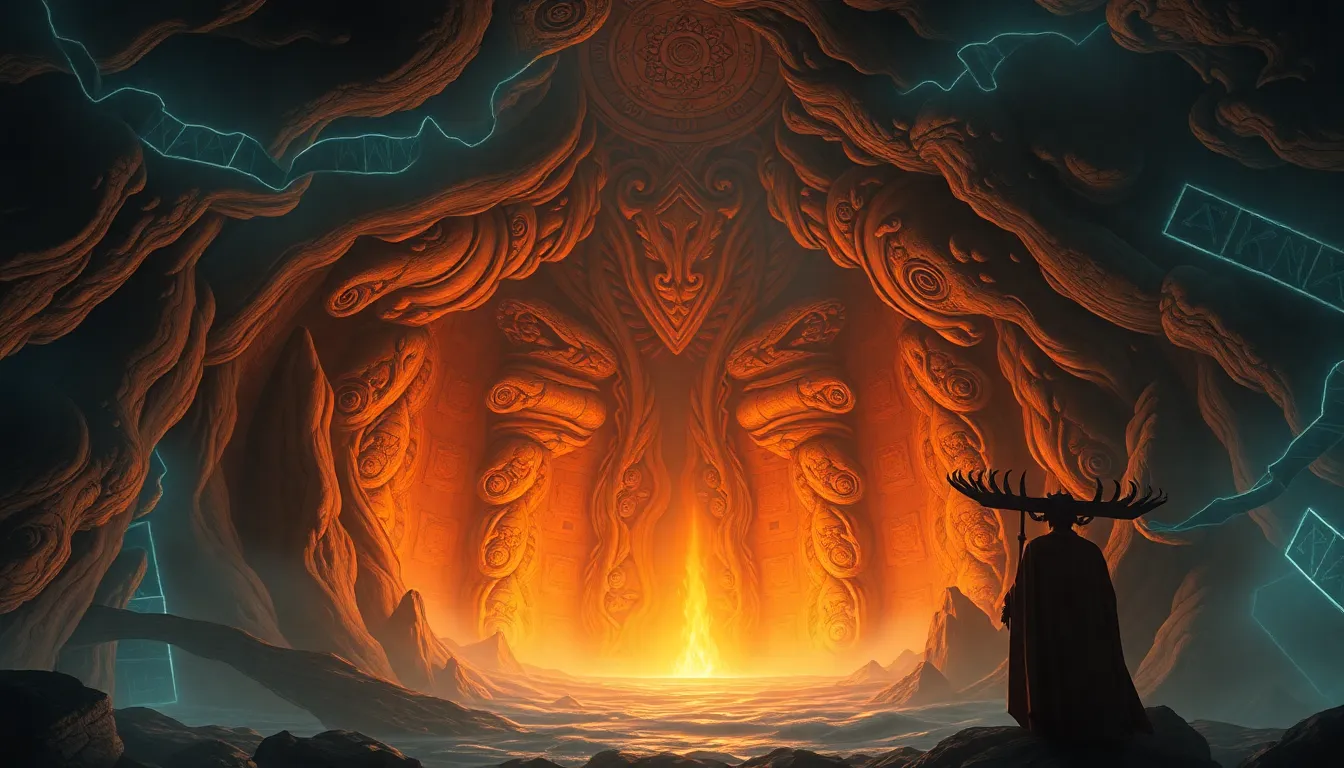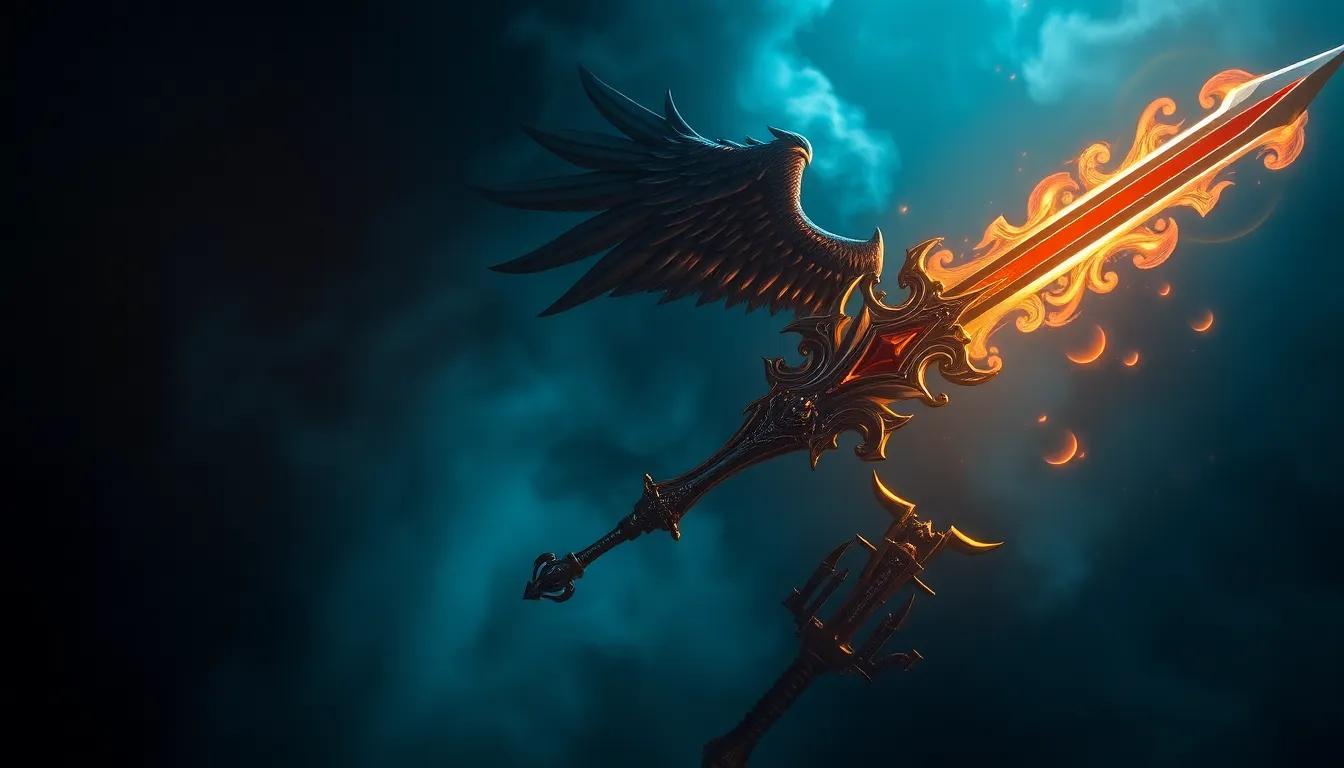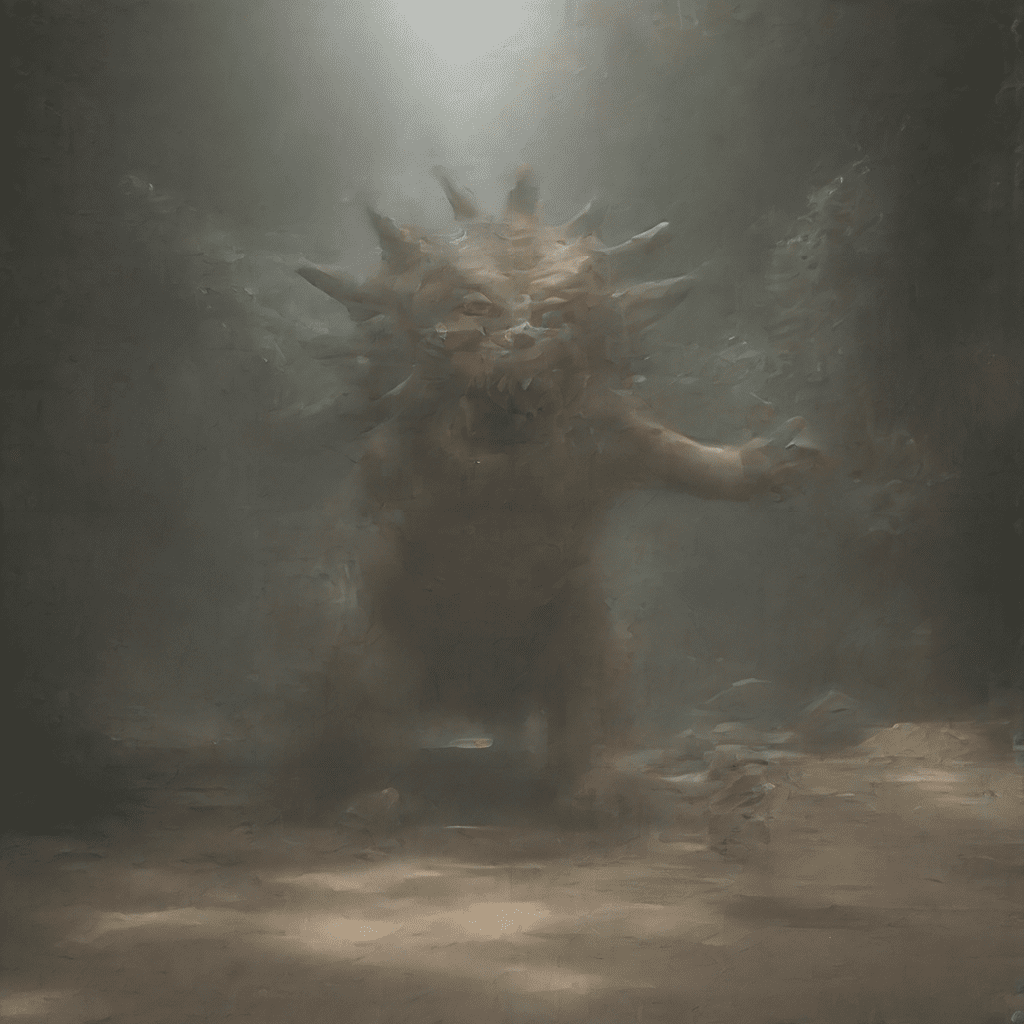The Underworld: Myths That Explore the Nature of Existence
I. Introduction
The concept of the underworld is a pervasive theme across numerous cultures and mythologies. It represents not only a physical place but also a realm of existence that delves into the depths of human experience, mortality, and the afterlife.
In various cultures, the underworld serves as a crucial element in understanding life and existence. Myths surrounding this enigmatic realm provide insights into how different societies perceive death, the afterlife, and the moral implications of human actions.
This article will explore the multifaceted nature of the underworld across civilizations, its reflection of human fears, the journeys of heroes into this realm, moral lessons derived from these myths, and their implications in modern literature and philosophy.
II. The Concept of the Underworld Across Civilizations
Throughout history, civilizations have crafted unique narratives about the underworld, each reflecting their distinct beliefs and values.
A. Ancient Mesopotamia: The Land of No Return
In ancient Mesopotamian mythology, the underworld, often referred to as Kur, was a dark and dreary place where souls would reside after death. It was characterized by:
- A lack of light and joy
- An existence devoid of earthly pleasures
- Separation from the living world
B. Greek Mythology: Hades and the Afterlife
Greek mythology presents a more structured view of the underworld, known as Hades. It was divided into different sections:
- The Elysian Fields – a paradise for heroes
- Tartarus – a place of punishment for the wicked
- The Asphodel Meadows – for ordinary souls
Hades, ruled by the god of the same name, reflects the Greeks’ understanding of life, death, and morality.
C. Egyptian Beliefs: Duat and the Journey of the Soul
The ancient Egyptians believed in Duat, the underworld where the deceased would face judgment. Key aspects included:
- The weighing of the heart against the feather of Ma’at
- The journey through various challenges and obstacles
- The promise of an eternal afterlife for the righteous
D. Indigenous Perspectives: The Underworld in Native American Myths
In many Native American cultures, the underworld is not merely a place of the dead but often a realm of spiritual significance. It varies by tribe, with some viewing it as a source of wisdom and power.
These narratives often emphasize harmony with nature and the cyclical nature of life and death.
III. The Underworld as a Reflection of Human Fears
Underworld myths often reveal deep-seated fears associated with death and the unknown. Here are some common themes:
A. Death and the Unknown: Common Themes in Underworld Myths
The fear of death is a universal concern, and many myths express anxiety about what lies beyond life.
B. The Role of the Underworld in Shaping Cultural Attitudes Toward Mortality
These myths shape how cultures approach death, often encouraging acceptance or reverence for the cycle of life.
C. Myths as Mechanisms for Coping with Existential Anxiety
Stories of the underworld provide frameworks for individuals to process their fears and anxieties regarding mortality.
IV. Heroes’ Journeys to the Underworld
Many myths feature heroes who embark on journeys to the underworld, symbolizing quests for knowledge, love, or redemption.
A. The Epic of Gilgamesh: A Quest for Immortality
In this ancient tale, Gilgamesh travels to the underworld in search of eternal life, ultimately learning that mortality is an inescapable part of existence.
B. Orpheus and Eurydice: Love and Loss in the Underworld
The story of Orpheus illustrates the power of love, as he ventures into the underworld to retrieve his beloved Eurydice, only to face the tragic consequences of his actions.
C. Dante’s Inferno: A Guide Through Sin and Redemption
Dante’s journey through the circles of hell in “The Divine Comedy” offers a detailed exploration of sin, morality, and the possibility of redemption.
V. The Underworld and Moral Lessons
Underworld myths often convey significant moral lessons regarding justice, retribution, and the consequences of one’s actions.
A. Justice and Retribution: The Role of Gods and Spirits
Many narratives depict gods or spirits who enforce moral order, ensuring that souls receive their due rewards or punishments based on their earthly actions.
B. The Concept of Judgment: Weighing the Soul’s Deeds
Judgment is a recurring theme, where the fate of the soul is determined by its deeds during life, as seen in various cultures’ mythologies.
C. Cultural Variations in Moral Narratives Related to the Underworld
While the specifics may vary, the underlying message about moral conduct and accountability remains a common thread across different cultures.
VI. The Underworld as a Symbol for Inner Transformation
Psychologically, the underworld can symbolize personal struggles and transformations.
A. Psychological Interpretations: Carl Jung’s Collective Unconscious
Jung interpreted the underworld as a representation of the unconscious mind, where individuals confront their fears and desires.
B. The Hero’s Transformation: Death and Rebirth Motifs
Many heroes emerge from their journeys to the underworld transformed, symbolizing personal growth and the potential for rebirth.
C. The Underworld as a Metaphor for Personal Struggles
In modern interpretations, the underworld serves as a metaphor for the challenges and trials individuals face in their own lives.
VII. The Underworld in Modern Literature and Media
The themes of the underworld continue to resonate in contemporary literature and media, shaping narratives that explore human experience.
A. Contemporary Interpretations: Literature and Film
Numerous films and novels draw on underworld myths to depict struggles with identity, mortality, and morality.
B. The Persistence of Underworld Themes in Popular Culture
From graphic novels to blockbuster films, the underworld remains a popular motif, illustrating its lasting impact on storytelling.
C. How Modern Myths Compare to Ancient Narratives
While modern interpretations may differ in context, they often retain core themes of exploration and understanding of existence.
VIII. Philosophical Implications of Underworld Myths
Underworld myths carry profound philosophical implications regarding existence and human nature.
A. Existentialism and the Search for Meaning
These myths prompt existential inquiries, encouraging individuals to seek meaning in their lives amidst uncertainty.
B. The Underworld as a Reflection of the Human Condition
The underworld serves as a metaphor for the struggles, fears, and ultimate realities of the human condition.
C. The Role of Myth in Shaping Philosophical Thought
Myths not only reflect cultural beliefs but also contribute to the development of philosophical thought regarding morality, existence, and the human experience.
In conclusion, the underworld is a rich and complex theme that transcends cultures and eras, offering profound insights into the nature of existence, morality, and the human psyche. By examining these myths, we gain a deeper understanding of ourselves



